Write Us
We are just a call away
[ LET’S TALK AI ]
X
Discover AI-
Powered Solutions
Get ready to explore cutting-edge AI technologies that can transform your workflow!

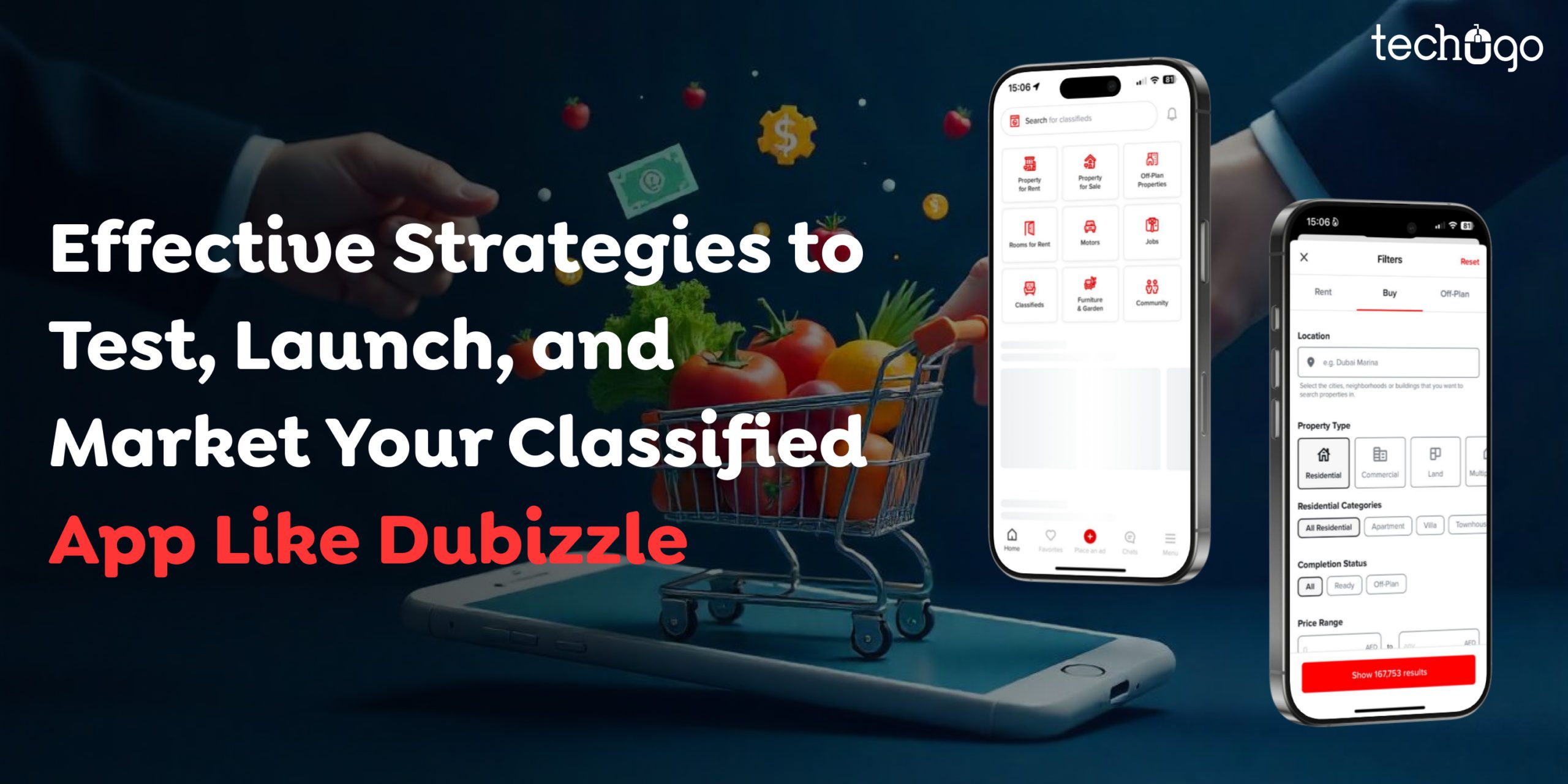
Simplify, Shop, and Succeed!
Creating an application such as Dubizzle involves mastery of two kinds of skills; app development and business. Dubizzle is the Middle East’s most popular classifieds e-commerce site that connects buyers and sellers to products and services in multiple categories. This guide will take you through the basic steps, from examining how Dubizzle works to conceptualizing, constructing, designing, and marketing strategies for a similar mobile application.
Also Read – Evaluating the Cost to Develop an Ecommerce App Like Xcite?
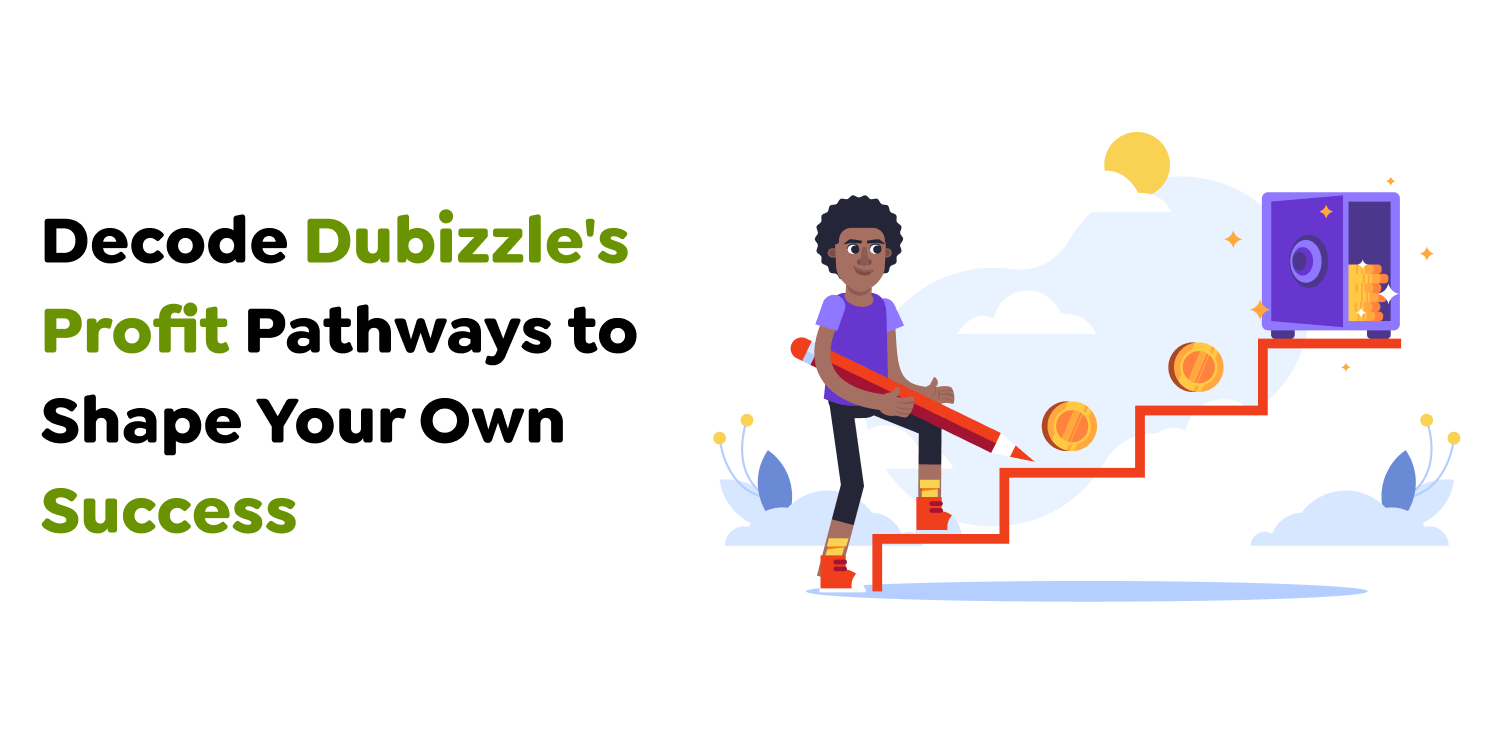
Dubizzle is an online classifieds company with a business strategy focused on bringing together buyers and sellers while making money from different streams. Before creating a similar platform, it is essential to know how Dubizzle makes money from its app. This model includes:
Mobile app offers sellers a chance to purchase prime positioning, thus boasting high traffic in competitive fields such as estate and job postings.
Some business accounts, such as estate agents or recruitment services, may purchase plans that allow them a certain amount of premium listing spaces monthly.
The sponsored ads placed within the app or on the homepage help sellers in the promotion. At the same time, in-app advertising assists in gaining extra revenue from external advertisers.
The app might have other services where we find that users want options that complement the features it provides, thus generating more money from partnership deals.
These streams must be appropriately understood and planned to build a viable business model for a classified app.

In developing an app like Dubizzle, one must make time to establish the trends, competition, and user likes. Here’s a detailed process to ensure your app resonates with its target audience:
Examine other large consolidated categories similar to OLX, Craigslist, and Gumtree, in addition to domestic contenders in the Middle East region. Each competitor’s advantages and disadvantages give an idea of what users might find essential or lacking.
Ask potential users about their expectations regarding categories, such as real estate, used goods, and employment vacancies. This assists in fashioning the app’s features to fit the target users’ real needs.
Establish two or three major areas to operate in (transportation, electronics, cleaning services, or any other niche), and identify which kinds of them have the highest demand or potentially offer the most opportunities for growth or any other unique opportunity to serve a specific market.
For classified apps, compliance is a must, especially for real estate listings, data, and user authentication. Ensure you know the legal issues unique to each geographic area in which your app will be utilized to prevent legal problems.
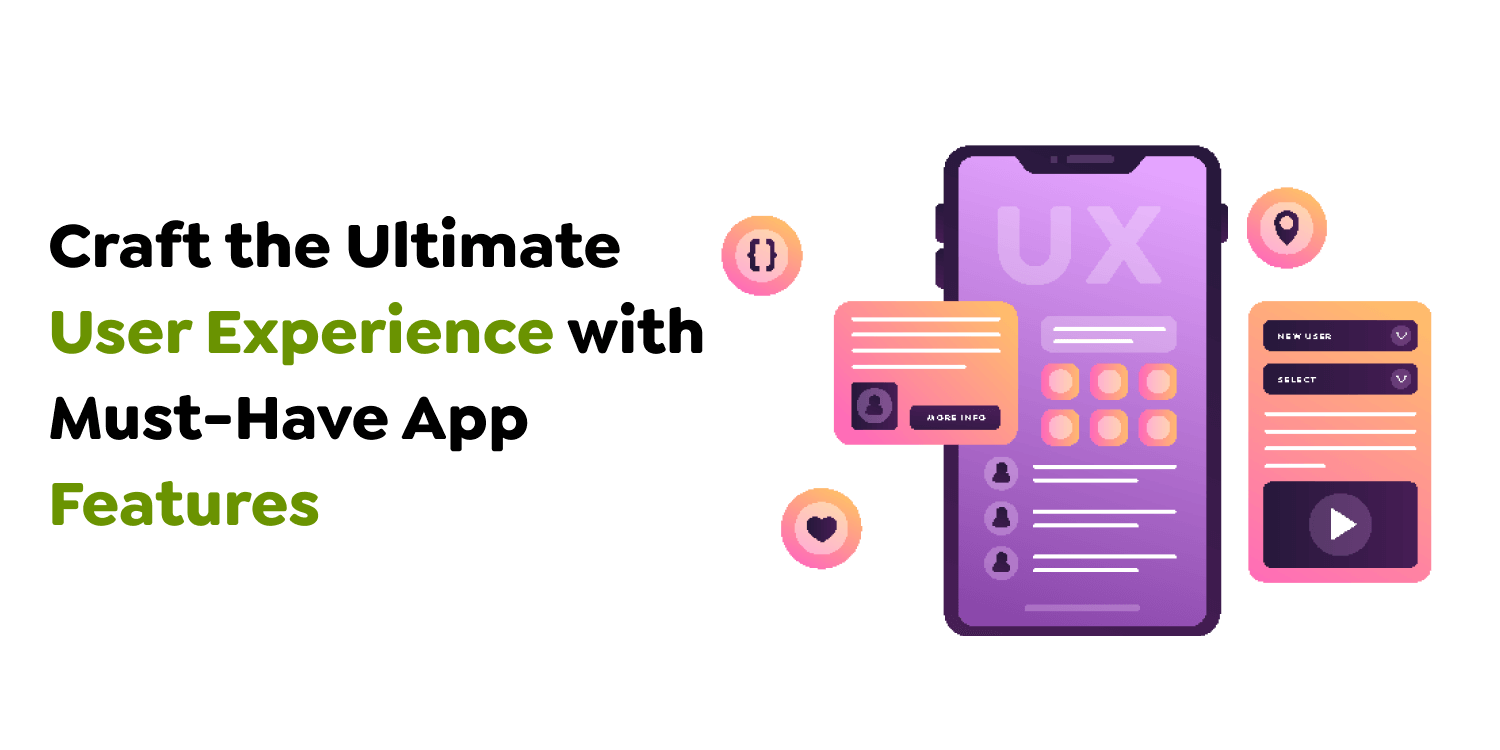
Creating an app like Dubizzle involves selecting features that deliver value to users while ensuring a seamless user experience. Below is an outline of features that have proven essential for customer satisfaction and engagement:
Separate profiles for buyers and sellers, including an ID verification system, enhance trust and security within the marketplace.
Each listing page should include high-resolution images, a detailed description, the price, location, and contact options to encourage user interaction.
Allow users to filter listings by categories, location, price range, and other criteria. The ability to sort listings by relevance, date posted, or price helps users find what they need efficiently.
Messaging within the app promotes secure communication between buyers and sellers, facilitating seamless negotiations while keeping users within the platform.
Enable users to search for listings nearby and provide distance-based search results. This is particularly valuable in large cities where proximity matters.
Let users save favorite listings for future reference, increasing engagement and return visits.
Add a payment gateway if your app is for posting paid lists, featured postings, or any other transactions within the application.
Build a market reputation with a user-developed rating component to ensure buyers that the seller is credible and trustworthy before the transaction.
Push Notifications based on new listings, messages received, and replies and changes in listings are valuable and helpful to active users, especially those in very competitive categories.
The control panel for the listings, the users, and the analysis of the application metrics should be present in the admin panel for quality and compliance.
Especially in engaging categories, including real estate and home furniture, Augmented Reality lets users map products onto their living space and can be extremely valuable.
Users can also be tracked with AI algorithms to display the most relevant options to the individual users, making the overall experience unique to each member.
Maintain 24/7 customer service to solve the user’s concerns with chatbots and eliminate any repetitive problems.
Agents posting houses for sale or companies advertising vacant positions benefit from data on the number of views and messages accompanying the ads, among other factors.
Allow users to share their listings on social media networks, extend the ads’ zones, and enhance the probability of sales.
In areas such as the Middle East, bilingual or multilingual options are mandatory. Supporting languages such as Arabic or English provide the best way to give better coverage.
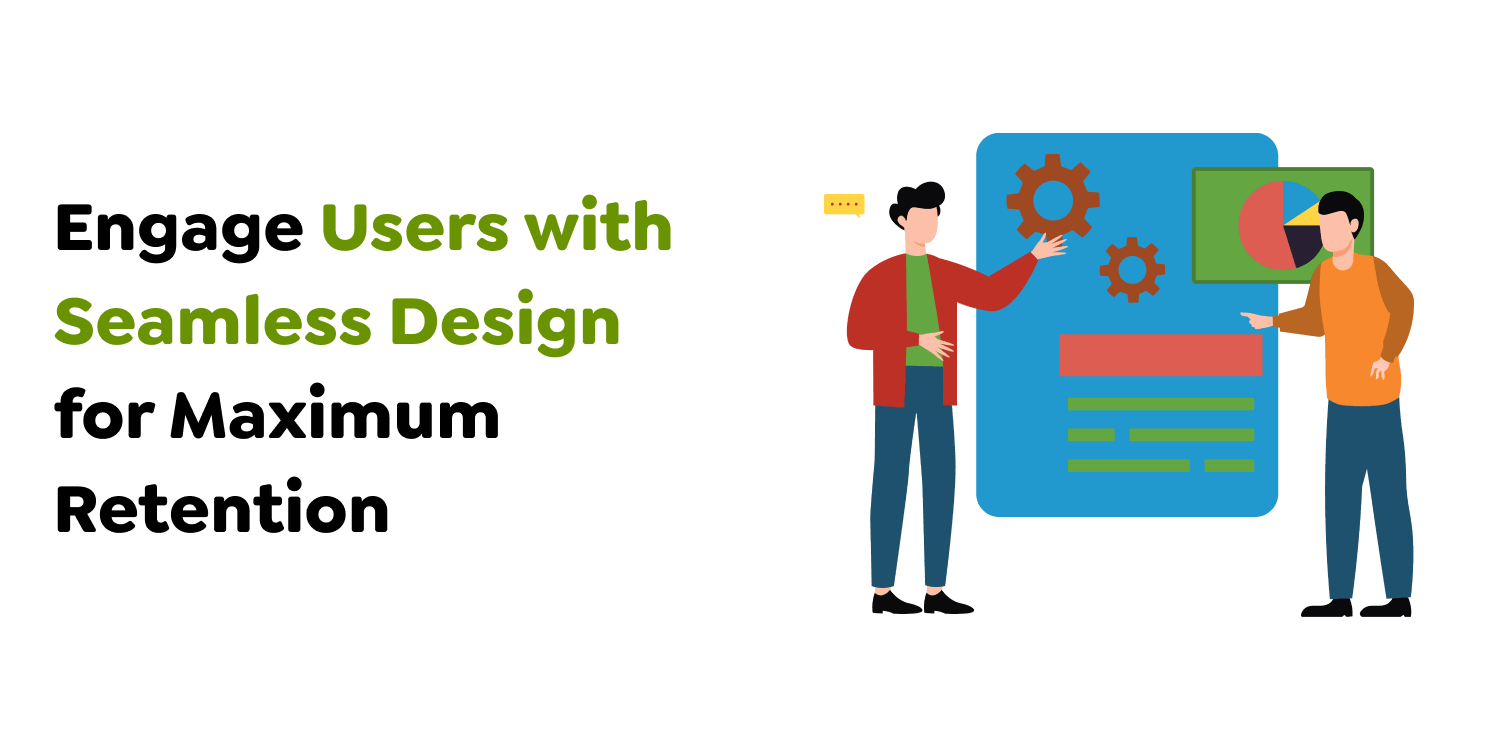
A well-thought-out user interface (UI) and user experience (UX) design are crucial for engaging users in a classified app. Key design elements for an app like Dubizzle include:
As most people use classified apps on mobile devices, a mobile-first design with an adaptive user interface consistent across the devices is preferred.
Categorize and subcategorize information to let users locate information they are interested in. The most crucial categories, such as real estate, jobs, and others, should be easily recognizable, including the icons and the names of categories.
Stay close to simplicity and keep UX the core design goal, especially in frequently visited categories. Do not overload the home screen and ensure that key actions for consumers, such as creating a listing, contacting the seller, or applying search filters, should stand out.
Since classifieds depend greatly on images, image loading times should be optimized. Optimize images so you do not compromise their quality and ensure that listings come up quickly to avoid high bounce rates.
Don’t be tempted to select the latest jazzy and glittery colors and fonts; instead, choose something simple that aligns with the brand while offering consistency. This enhances the overall professional appeal and increases user maneuverability in the app.
Prompt instructions when beginning with the app or a simple walk-through ensures if the user forgets how to use a specific element, it reminds him/her immediately.
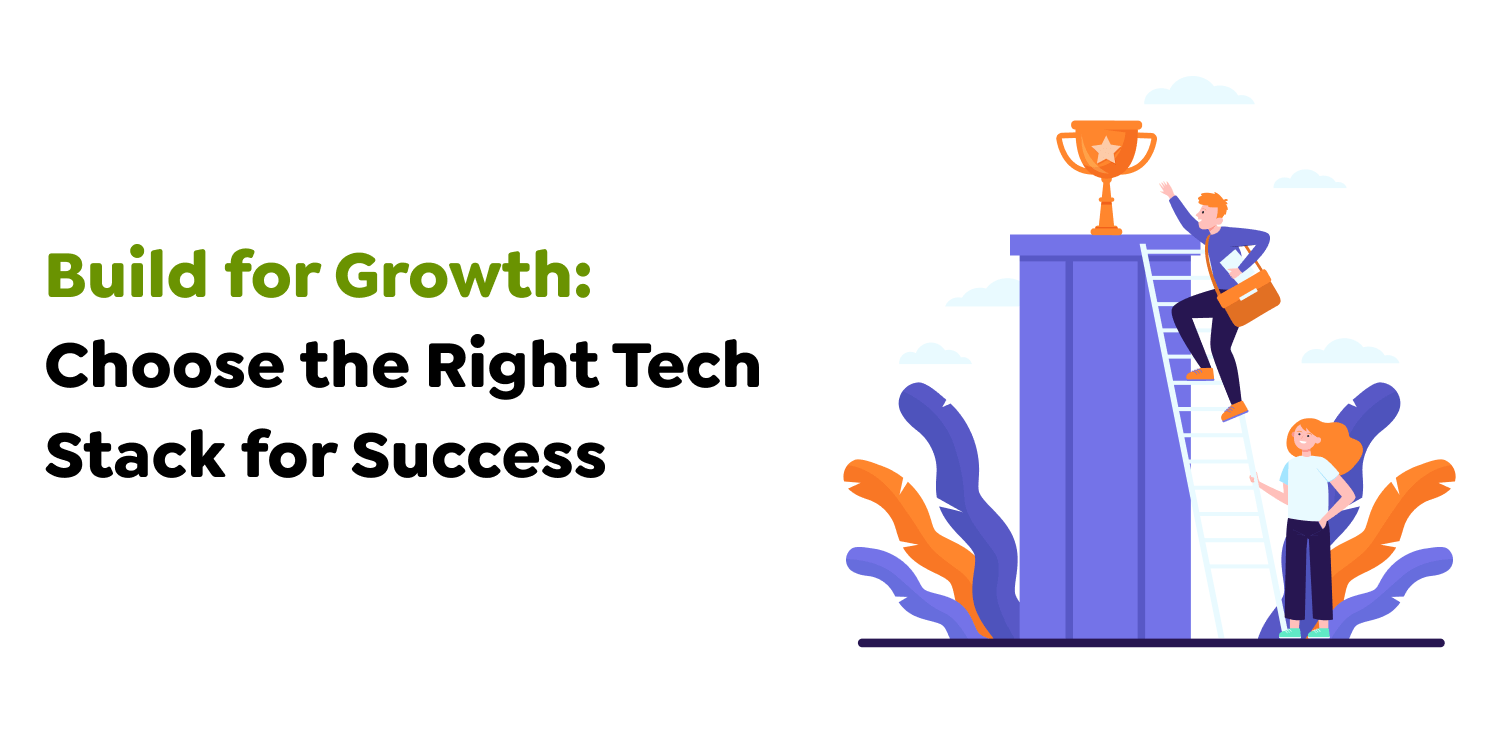
Choosing the right technology stack is vital for ensuring your app’s scalability, performance, and security. Here’s a breakdown of a recommended tech stack:
1. React Native or Flutter for Cross-Platform Development: Frameworks like flutter and react native enable developers to develop superior-quality iOS and Android applications from a unified source code.
2. Redux for State Management: For the organization and coordination of data used in the app, Redux ( for React Native) enhances performance efficiency, specifically for apps frequently used/interacted with.
3. HTML5, CSS3, and JavaScript for Responsive Web App: If offering a web applications version, these standard technologies ensure your app is responsive and user-friendly.
1. Node.js or Django for Server-Side Logic: Node.js, a JavaScript-based runtime, is efficient for scalable applications, while Django (Python) provides robust tools for rapid development.
2. Express.js or Flask for API Development: If using Node.js, Express.js is lightweight and ideal for creating RESTful APIs. Alternatively, Flask is suitable for lightweight backends with Django.
3. GraphQL for Flexible Data Fetching: To provide a more flexible data-fetching solution, especially with mobile apps, GraphQL allows the client to request precisely what it needs, reducing data transfer and improving app performance.
1. MongoDB for NoSQL Database Needs: For flexibility in handling product listings and user data, MongoDB provides a scalable solution that adapts to changing data structures.
2. PostgreSQL for Transactional Data: For structured data and secure transaction management, PostgreSQL offers security and reliability, especially for managing user accounts, payments, and activity logs.
1. AWS or Google Cloud for Hosting and Storage: The Cloud services provide robust hosting, scalable storage, and security options, crucial for managing high traffic and data security.
2. Firebase or OneSignal for Push Notifications: These tools allow for easy integration of real-time notifications to keep users updated with listing activities or app updates.
3. Stripe or PayPal for Payment Processing: Integrating reliable online payment gateways ensures smooth transactions and builds user trust.
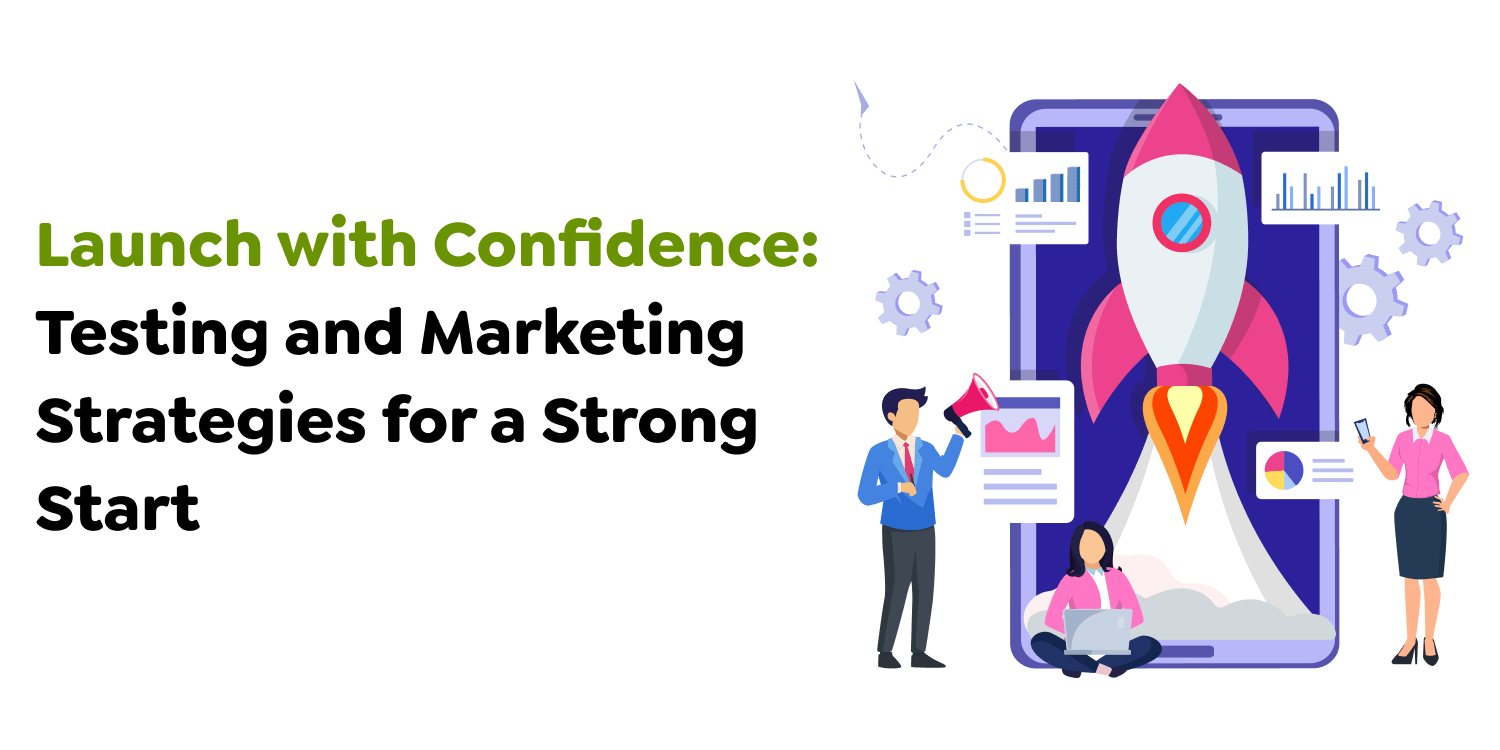
That is why testing, launch, and marketing all play essential roles in the success of an app. Here’s an approach to bring your app to market effectively:
Perform exhaustive testing to strike out the outstanding glitches, fine-tune the interface design for usability, and establish the app’s performance in terms of traffic.
Release a working, less stable build that can be given to the end users to find out their opinions about the usefulness, desirability of the additional options, and stability of the interface. Come up with appropriate solutions before a general launch of the product.
App store search and browse can be enhanced with keywords or screenshots, and advertising can begin on social media to attract first-time users.
After releasing the final product, globally launch a streamlined new version with new features, find and fix problems reported by users, and communicate with the target audience for constant exponential growth.
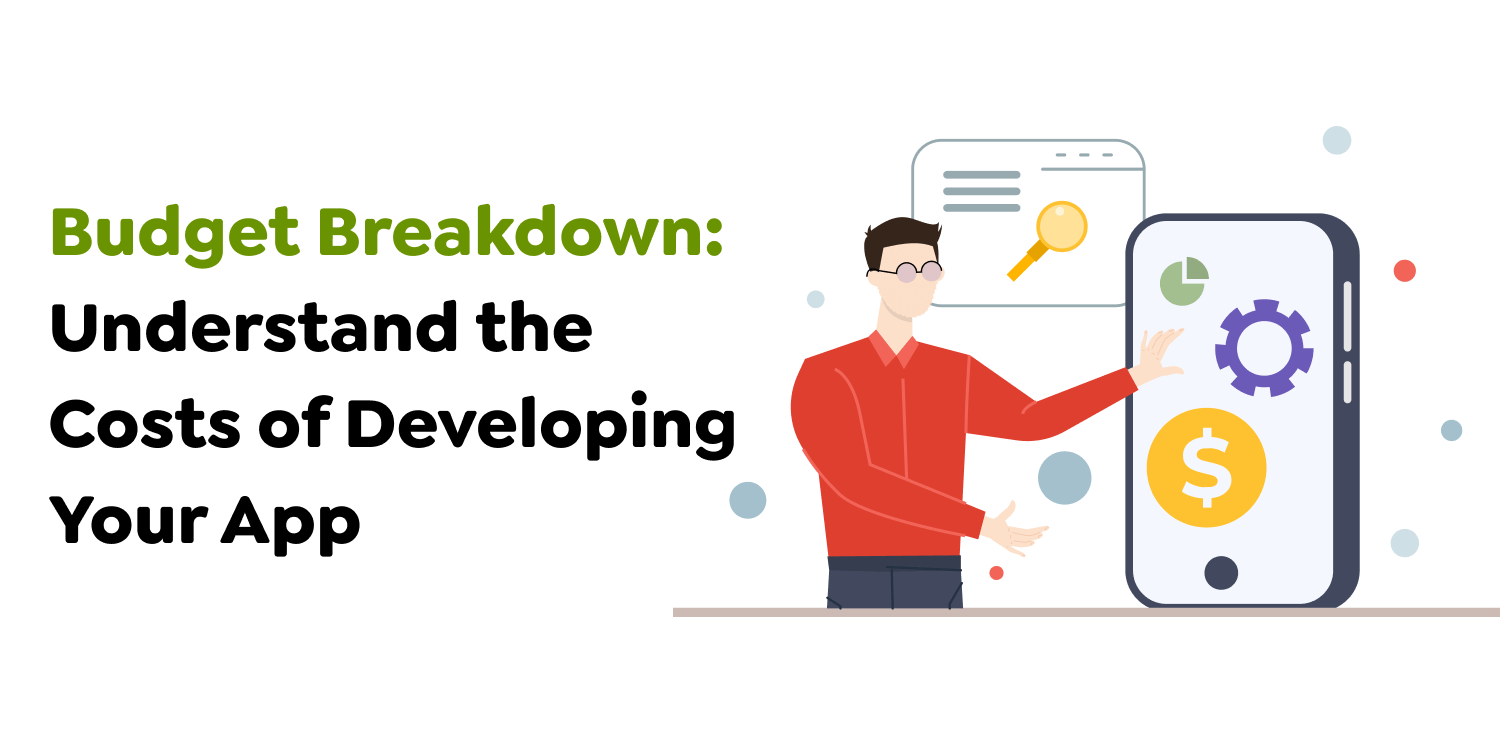
The cost to develop an app can vary significantly depending on the app’s complexity, features, and the region where developers are based. Here’s a rough breakdown:
1. Basic Classified App: $10,000 – $30,000
2. Medium-Complexity App (with Messaging and Basic Analytics): $30,000 – $70,000
3. Advanced Classified App (with AI, AR, and Complex Filters): $70,000 – $150,000
These estimates include design, development, testing, and project management expenses. Opting for a cross-platform development approach with the latest technologies like React Native or Flutter can reduce costs and streamline maintenance.
Creating a new mobile application and developing an effective one, like Dubizzle, requires a lot of effort, including comprehensive planning, considering all the market characteristics, and designing the application according to the readers’ needs. Data search filter options, industry-standard payment options, and instant communication enhance the platform’s usage by the users. Choosing a scalable tech stack, whether React Native or Flutter, defines which one is more efficient for cross-platform development in the further growth of applications.
To achieve this, the launch can be supported by testing, ASO, and appropriate, targeted marketing to gain market presence quickly. After the app launch, application maintenance, including timely software updates, individual approach to the customers, and active communication with users, is the key to the successful app’s presence among competitors. By balancing innovation with user-centered design and strategic marketing, you can create a classified app that captures a substantial user base and sustains growth in a dynamic digital landscape.
Get in touch with Techugo for further queries!
Write Us
sales@techugo.comOr fill this form